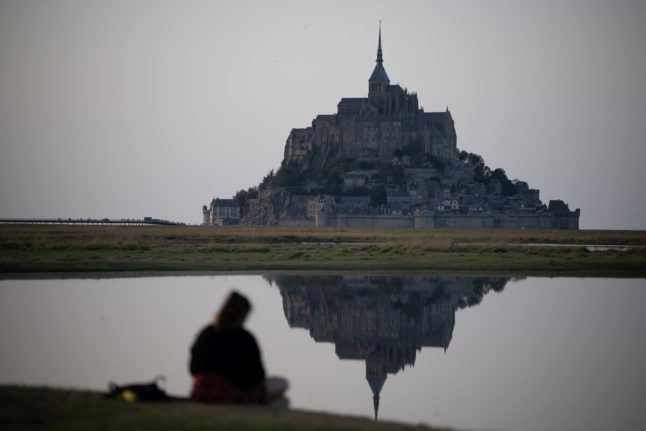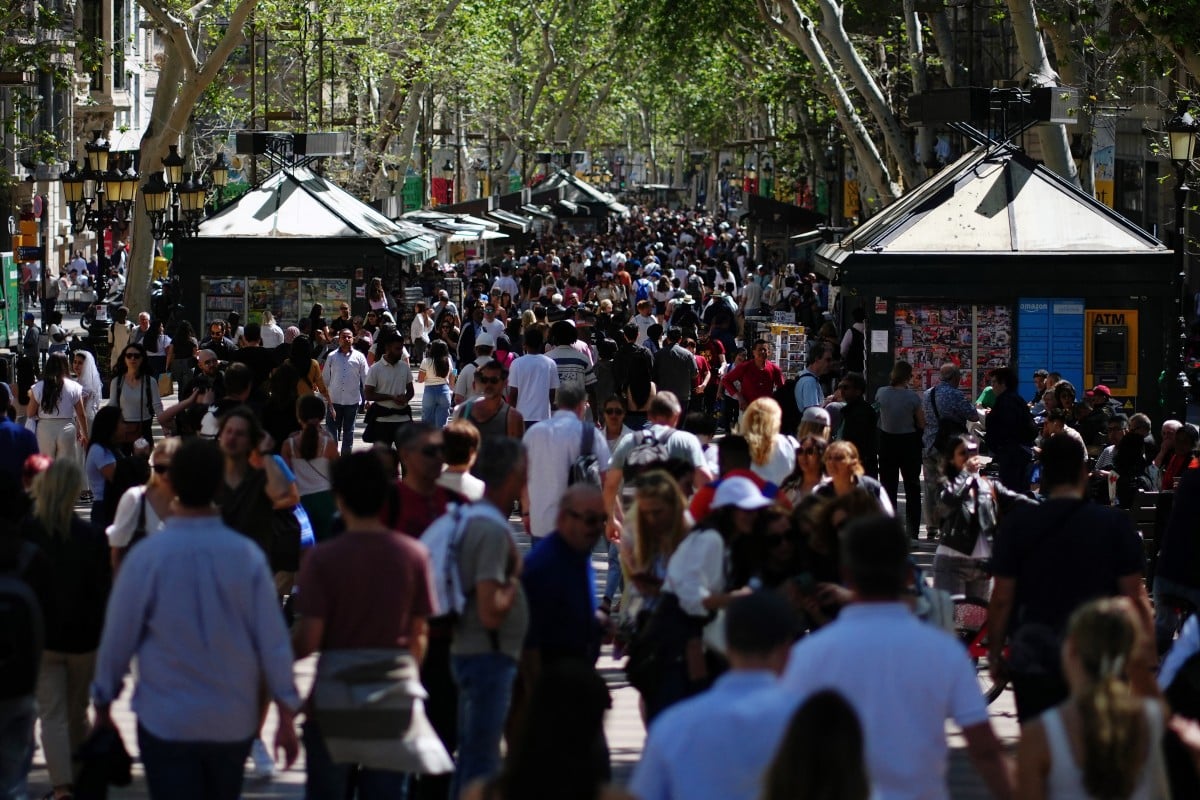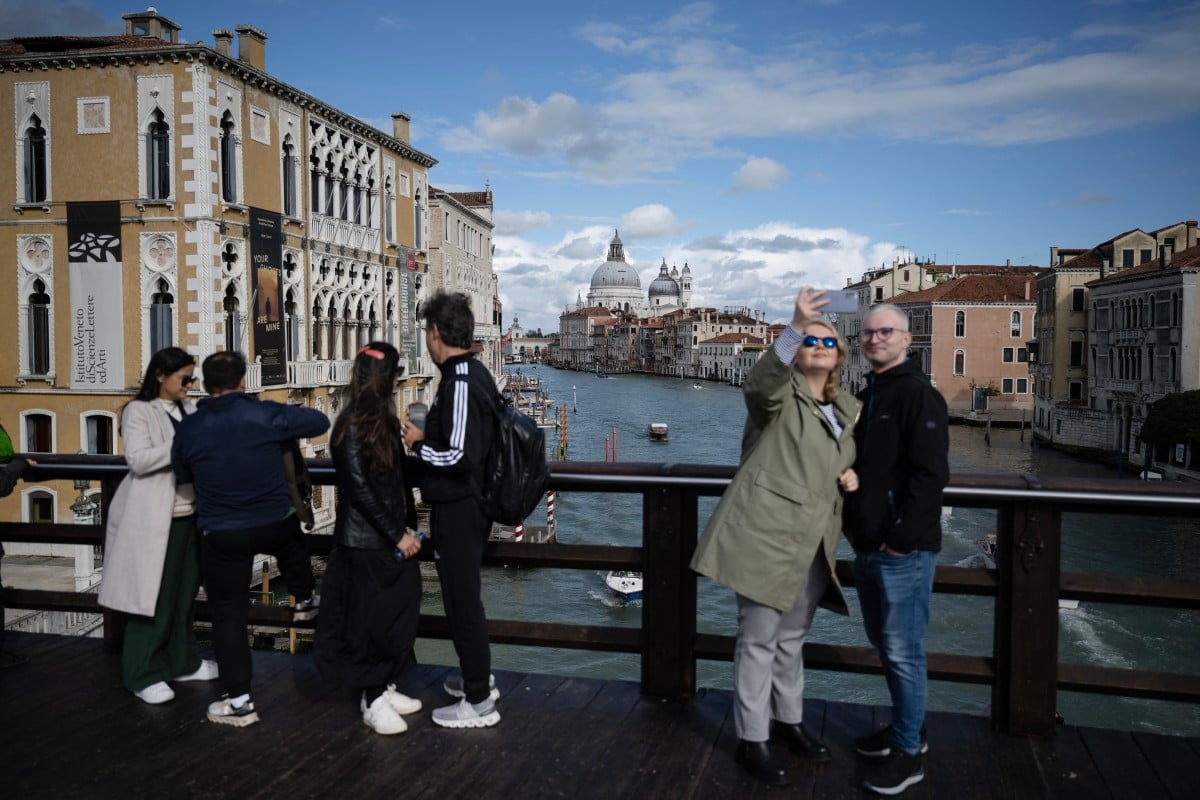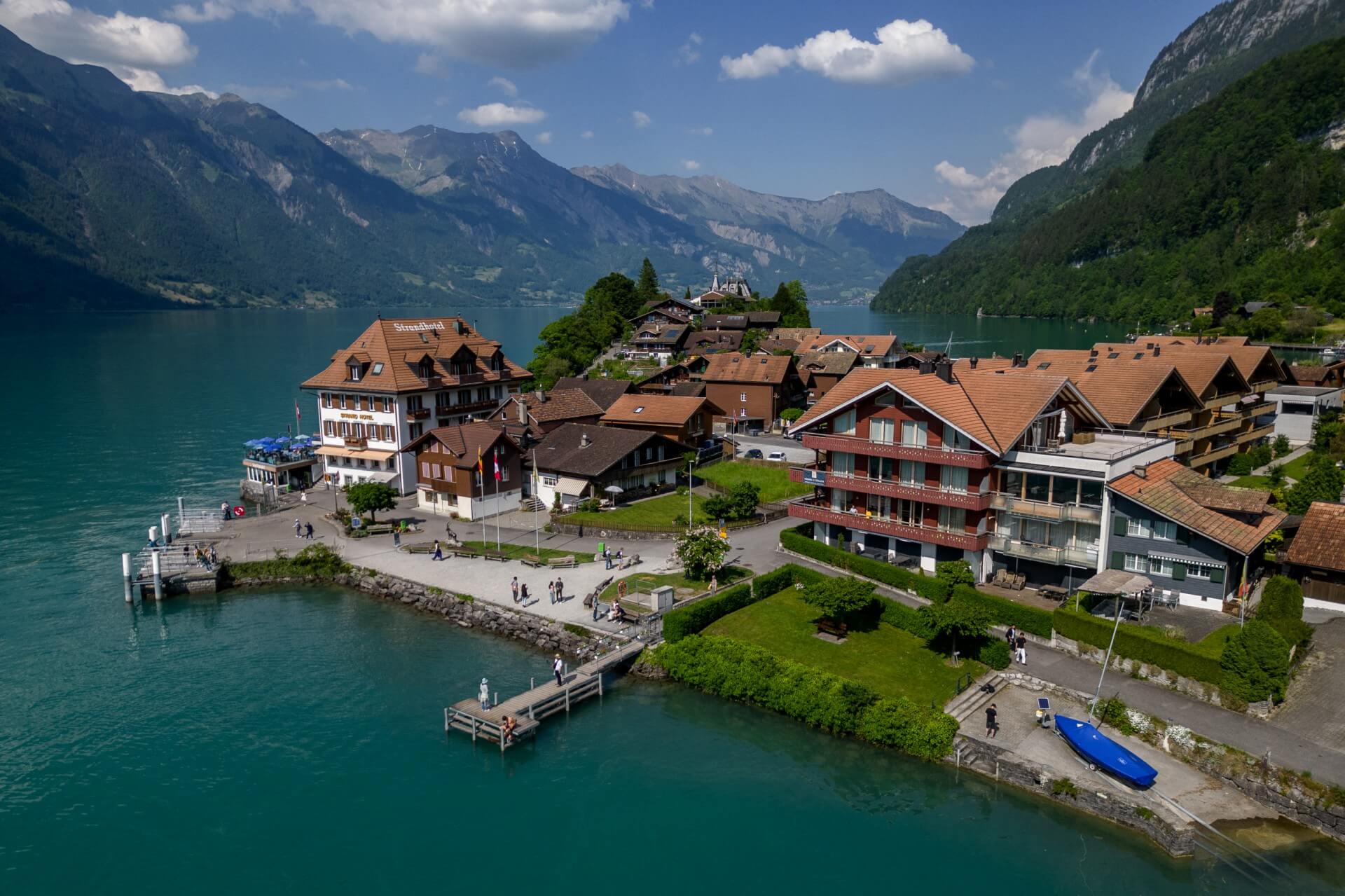Mont Saint Michel
Visitors to the fortified tidal island topped by an abbey, Mont Saint Michel, might find reduced opening hours and scheduled tours cancelled due to strike action.
On December 26th, unions called for a strike, which was set to continue until January 6th, according to Ouest France.
Worker representatives at Mont Saint Michel are asking for more staff, extra pay for those with foreign language skills and compensation for the physically demanding parts of the job, as well as better facilities on site.
Abbey general secretary Arnaud Noblet said extra staff were already on hand during the busy summer season and a small number of new jobs were being created.
READ MORE: 5 things to know about France’s Mont Saint-Michel
He dismissed the idea that spending on the abbey was not in line with revenues.
Pooling of resources among landmarks managed by the Centre for National Monuments (CMN) authority means “major monuments like the abbey keep the small ones alive”, Noblet said.
Some staff disagree – one representative told AFP that investment in Mont Saint Michel is “not at an appropriate level for this fantastic monument”.
Herminia Amador Chacon of the CGT union said Mont Saint Michel workers “all have joint problems in the knees or the ankles” from staffing and guiding visitors around the site, which is accessible only by climbing 350 stairs.
Others are posted out in the wet, rainy Channel weather for hours on end, with one reception worker calling the spot “marvellous but badly heated”.
Even though only around 15 of the Mont Saint Michel’s 55 workers have walked out since the start of the strike, it has been enough to shut the gates of the abbey — one of France’s most visited monuments, with around 1.5 million tourists per year — many days since.
Overall, the level of disruption from strike action has depended based on the number of walkouts – on January 3rd, the monument was open from 1pm to 5pm, and all guided tours were cancelled.
The Eiffel Tower
Many tourists visiting Paris over the Christmas holidays were disappointed to find the Eiffel Tower closed on December 27th.
The one-day closure was due to strike action by workers, who walked out in protest of “unrealistic management” with “over-ambitious, impossible-to-achieve” business goals.
Even though the industrial action lasted a single day, workers have warned AFP that “if the situation continues… the Eiffel Tower will be closed during the Olympic Games period” in July-August.
Another employee told AFP that the cost of “major maintenance, renovation and conservation work” is being “underestimated” at the 125-year-old iron structure.
“The Eiffel Tower is an old lady. It’s 130 years old. Some of the lifts date back to 1899. There’s a lot of work (to be done),” the workers said.
They added that managers’ projections of 7.4 million visitors per year were unrealistic — the tower hosted 5.9 million in 2022 — leaving a funding gap that workers believe has management firm SETE “heading for disaster”.
But SETE boss Jean-Francois Martins said the Eiffel Tower was “in good economic shape”, even after the Covid-19 pandemic and inflation hit renovation costs.
He said he believed workers fear jobs could be cut to make up for pandemic-era losses.
The Centre Pompidou
The modern and contemporary art museum, the Centre Pompidou, and its library remained closed on Wednesday due to strike action.
The Pompidou is home to over 140,000 works of art and it receives almost 4,000 visitors a day, according to the museum’s website.
Walkouts began in mid-October and were set to continue until at least mid-January, as workers protest against plans for a five-year closure starting in 2025, which will cover major asbestos removal and renovation works, estimated to cost more than €260 million.
However, unions have expressed concern over a lack of “concrete solutions” offered by management for the monument’s 1,000 staff members during the forthcoming closure.







 Please whitelist us to continue reading.
Please whitelist us to continue reading.
Member comments